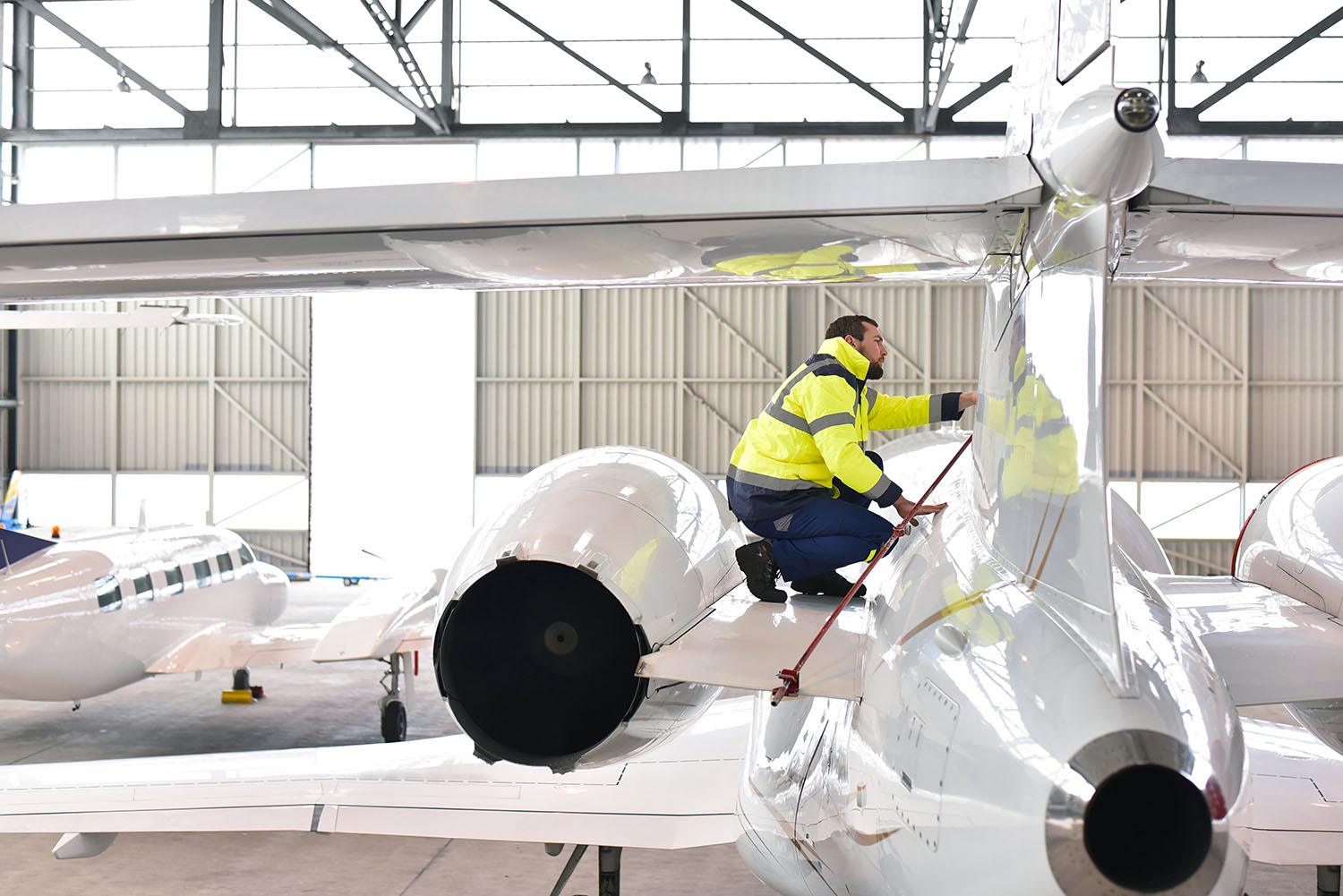
Why are aviation supply chain disruptions so impactful? Aviation supply chains are intricate networks involving numerous suppliers, manufacturers, and logistics providers. A single delay can ripple through the entire system, causing significant setbacks. From aircraft parts to maintenance services, each component must arrive on time to ensure safety and efficiency. Disruptions can lead to grounded flights, increased operational costs, and even safety concerns. Factors like geopolitical tensions, natural disasters, and pandemics can exacerbate these issues. Understanding these disruptions helps in developing strategies to mitigate their effects. Let's dive into 13 critical facts about aviation supply chain disruptions and how they shape the industry.
Key Takeaways:
- Aviation supply chain disruptions are caused by global events, technology, human factors, and environmental/regulatory challenges. These disruptions can lead to increased costs and production delays, impacting the aviation industry and passengers.
- Technology, such as predictive analytics and blockchain, plays a crucial role in mitigating aviation supply chain disruptions. Human factors, like labor strikes and skill shortages, also contribute to these disruptions, highlighting the complexity of the aviation industry.
Understanding Aviation Supply Chain Disruptions
Aviation supply chain disruptions can cause significant headaches for airlines, manufacturers, and passengers alike. These disruptions can stem from various factors, each impacting the industry in unique ways. Here are some crucial facts to help you grasp the complexities of this issue.
-
Global Events Impact Supply Chains: Natural disasters, political instability, and pandemics can halt production and delay shipments. For example, the COVID-19 pandemic led to widespread factory closures and reduced air traffic, severely disrupting the aviation supply chain.
-
Just-in-Time Inventory Systems: Many aviation companies use just-in-time inventory systems to minimize costs. While efficient, this approach leaves little room for error. Any delay can lead to significant production halts.
-
Complexity of Aircraft Components: An aircraft consists of millions of parts sourced from various suppliers worldwide. A delay in the delivery of even a single component can disrupt the entire production schedule.
The Role of Technology in Mitigating Disruptions
Technology plays a vital role in managing and mitigating supply chain disruptions. From advanced tracking systems to predictive analytics, tech innovations are helping the aviation industry stay ahead of potential issues.
-
Predictive Analytics: Using data analytics, companies can predict potential disruptions before they occur. This allows for proactive measures to be taken, reducing the impact on the supply chain.
-
Blockchain for Transparency: Blockchain technology offers a transparent and secure way to track parts and materials throughout the supply chain. This can help identify bottlenecks and ensure the authenticity of components.
-
Drones for Delivery: Some companies are exploring the use of drones for delivering small, high-priority parts. This can speed up the supply chain and reduce dependency on traditional shipping methods.
Human Factors in Supply Chain Disruptions
Human elements also play a significant role in supply chain disruptions. From labor strikes to skill shortages, these factors can have a profound impact on the aviation industry.
-
Labor Strikes: Strikes by workers at manufacturing plants or airports can halt production and delay shipments. These disruptions can be challenging to predict and manage.
-
Skill Shortages: The aviation industry requires highly skilled workers for various roles. A shortage of qualified personnel can slow down production and maintenance activities.
-
Human Error: Mistakes in inventory management, shipping, or production can lead to significant delays. Human error remains a persistent challenge in managing supply chains.
Environmental and Regulatory Challenges
Environmental concerns and regulatory requirements add another layer of complexity to aviation supply chains. Compliance with these regulations is essential but can also lead to delays and increased costs.
-
Environmental Regulations: Stricter environmental regulations require companies to adopt more sustainable practices. While beneficial for the planet, these changes can disrupt existing supply chains.
-
Customs and Trade Policies: Changes in customs regulations and trade policies can lead to delays in the import and export of parts. Companies must stay updated on these changes to avoid disruptions.
-
Sustainability Initiatives: Many aviation companies are adopting sustainability initiatives, such as using eco-friendly materials. While positive, these initiatives can require significant changes to the supply chain.
Financial Implications of Supply Chain Disruptions
Supply chain disruptions can have severe financial consequences for aviation companies. Understanding these implications is crucial for managing risks and maintaining profitability.
- Increased Costs: Delays and disruptions often lead to increased costs, whether from expedited shipping, overtime pay, or lost revenue. Companies must budget for these potential expenses to mitigate financial impact.
Final Thoughts on Aviation Supply Chain Disruptions
Aviation supply chain disruptions are more than just a headache for airlines and manufacturers. They affect everything from flight schedules to ticket prices. Understanding the key factors behind these disruptions, like global events, regulatory changes, and technological advancements, can help stakeholders better prepare and adapt.
By staying informed and proactive, the industry can mitigate risks and ensure smoother operations. It's clear that collaboration and innovation will be crucial in overcoming these challenges. So, next time you book a flight or see a new aircraft model, remember the complex web of logistics and planning that makes it all possible.
Staying ahead in this ever-changing landscape requires vigilance, adaptability, and a commitment to continuous improvement. Let's keep our eyes on the skies and work together to navigate these turbulent times.
Frequently Asked Questions
Was this page helpful?
Our commitment to delivering trustworthy and engaging content is at the heart of what we do. Each fact on our site is contributed by real users like you, bringing a wealth of diverse insights and information. To ensure the highest standards of accuracy and reliability, our dedicated editors meticulously review each submission. This process guarantees that the facts we share are not only fascinating but also credible. Trust in our commitment to quality and authenticity as you explore and learn with us.


